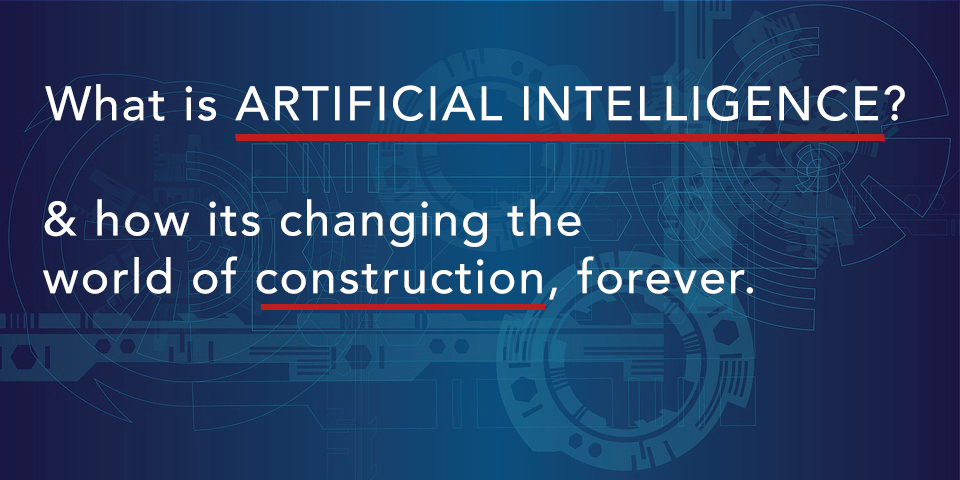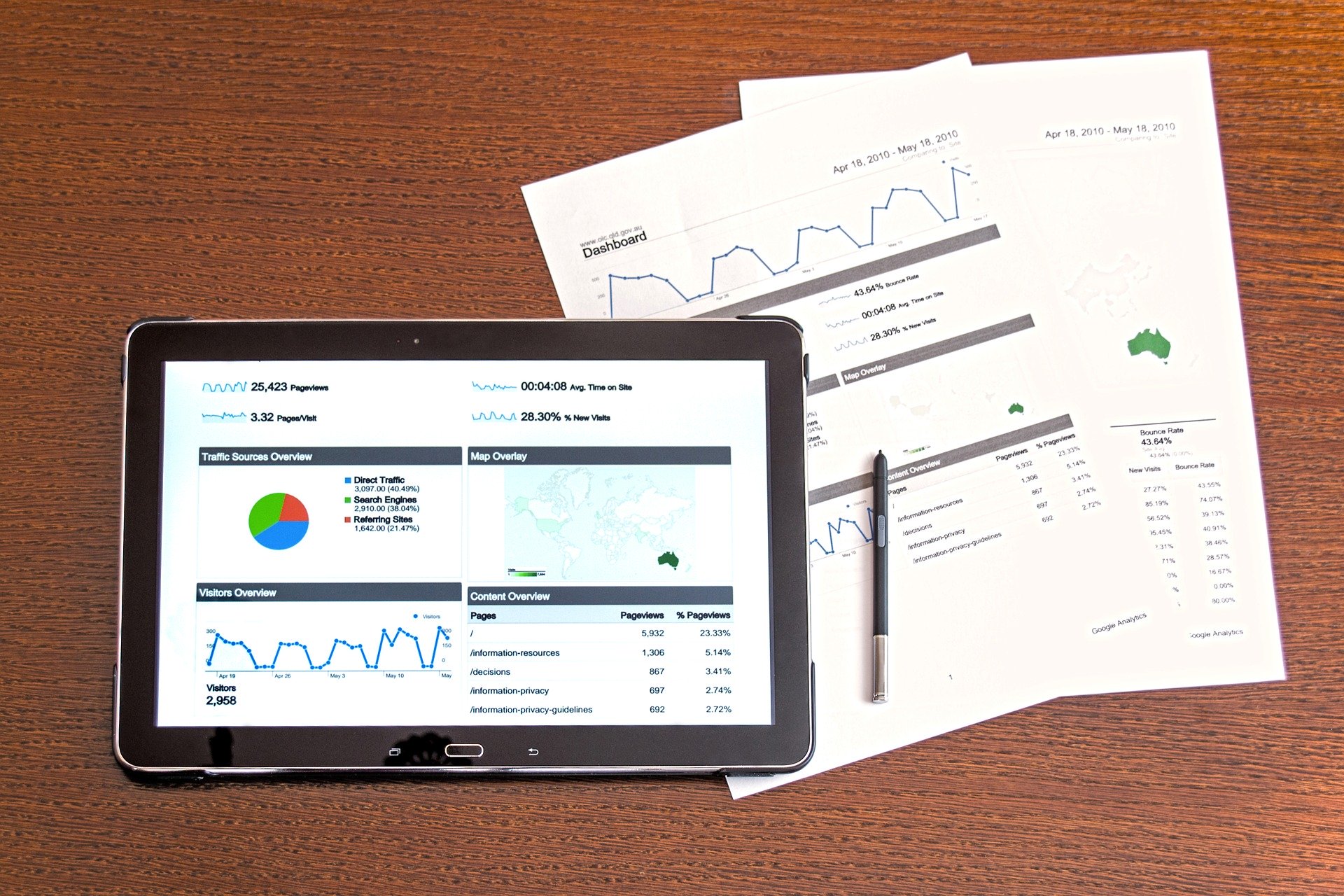
We’ve come a long way in the world of construction over the course of humanity. From making our houses with mud and rocks and sticks, to building skyscrapers that reach novel heights, all thanks to the invention of complex machinery. It’s almost as if every time you turn around there’s a new invention that wakes up the world to a better and more efficient way of doing things. Let’s take a trip into the past, back to 1800 B.C.E. This is roughly the time when the pulley system was invented.
Thanks to one brilliant engineer, we no longer needed three or four workers to do one job. A single laborer could now lift much more weight than they were capable of before, simply by changing the direction of their force with a rope and some wheels. The other two or three workers that were needed before are now free to work on other things.
Now, let’s fast forward back to the present moment. We can see that the world is changing at breathtaking speeds. Impossibly huge advancements are being made every day, in all industries, across the world. This is thanks to the invention of the modern computer and the internet. Now, in the 21st century, the next biggest step for mankind is the assimilation of Artificial Intelligence (AI), also known as Machine Learning.
You may have heard these terms before, but you might not know exactly what they mean. We are here to explain these concepts in-depth with simple explanations so you can easily understand what’s happening in the world and how it will change the construction industry forever.
The chances are that if you have a computer or phone, you’ve been exposed to AI to some degree already. If you’ve ever been suggested on what to buy from Amazon or looked through Netflix’s recommendations for movies, you have seen a small glimpse of the power of AI. These companies track everything you buy or watch, they take that data, and run it through complex math equations ceaselessly that output the suggestions.
When it’s time, they can then tell us what they think we’d be most likely to buy or enjoy watching. These “complex math equations” that take in some kind of data and outputs a result are called models. Models need to be trained, so they know what they’re supposed to do. It’s likely that you have trained a model yourself, unknowingly.
Have you ever been on a website that has asked you to click on pictures only with a certain object in them to prove you’re human? This acts as a layer of security, but at the same time you are training Google’s model on how to detect and differentiate objects from each other in videos and photographs.
Google takes all of the pictures and their responses and trains their model with all that data so that the program can learn what a fire hydrant, traffic light, or a motorcycle looks like. They can then use this model in a real-world use case, such as object detection for a camera on a self-driving car.
The first industry to make use of machine learning and AI was the technology sector. Finance, healthcare, and robotics were quick to jump on the machine learning bandwagon. Construction is lagging behind in terms of using AI, as it is so far one of the least digitized industries. Since AI is still in its infancy and not yet accepted by the industry, we can expect to see incredibly huge changes to how we operate within the world of construction.
Every step from the architectural design and planning, all the way to how laborers work day-to-day, will one day become far more automated and efficient thanks to machine learning and its’ capabilities. Let’s start with AI’s potential in the planning and design phase, then work our way through each step of the construction workflow and how AI will affect each step of the job.

AI will have an effect on even the earliest steps of a construction job. Generative design will be a huge help to engineers and architects. This means that a program utilizing AI could take the specifics of a potential job from the designer, such as spatial requirements, performance, materials, cost constrains, and more. The program would then produce an unlimited number of simulations of all the possible plans for the job that meets their requirements.
Another issue that could be repressed in the early stages of planning a construction job could be the handling of clashes between utilities in big jobs. No longer would engineers be running around a job site for weeks to compare plans and fix issues. A program with AI could detect any potential clashes in utilities and make changes to your plans in a matter of seconds.

As for management, aspects of the job such as scheduling, analytics, and contingency planning can all be improved with AI. A program could keep track of workers, their routines, and other external factors in order to prevent delays, conflicts, and other problems that currently delay or slow down work.
This could be applied for both the staff level of scheduling and on the projects and materials side. An AI could consistently keep track of key analytics across the entire job site simultaneously. As it watches the levels for all of your machines, it could predict necessary maintenance or anything else that may hinder your workflow.

Our day-to-day workload and responsibilities at the job site will change drastically. It may very well be the most affected aspect of the construction workflow. A huge concern for us today on any job site is the matter of safety.
There are roughly one hundred and fifty thousand construction site injuries in the United States alone. All of the OSHA training in the world can not completely expel the potential of having a serious injury on the job site. With AI, however, several precautions can be taken to severely reduce the amount of injuries we see daily. Cameras mounted to your heavy equipment could be leveraged with the power of AI to detect its environment and check for potential collisions with people or objects.
This could be applied to the rest of the job site at the same time to detect any other kind of unsafe behavior. Another exciting premise for the future of construction is workload automation. Much like how companies such as Tesla are now using AI to self-drive their cars, we will one day have heavy machinery operating almost entirely on its own accord.
As we tread into the uncertain future, new optimizations and advancements in construction will be coming to light like clockwork. The use cases listed here are just barely scratching the surface. The most influential changes may come unexpectedly in a form that no one expects.
By being aware of how the world changes around us, we can adapt far more fluidly than the person who is still wearing blinders and living in the past. Hopefully after reading about machine learning and AI, you’ll gain a fascination for the technology behind what makes our lives so easy.